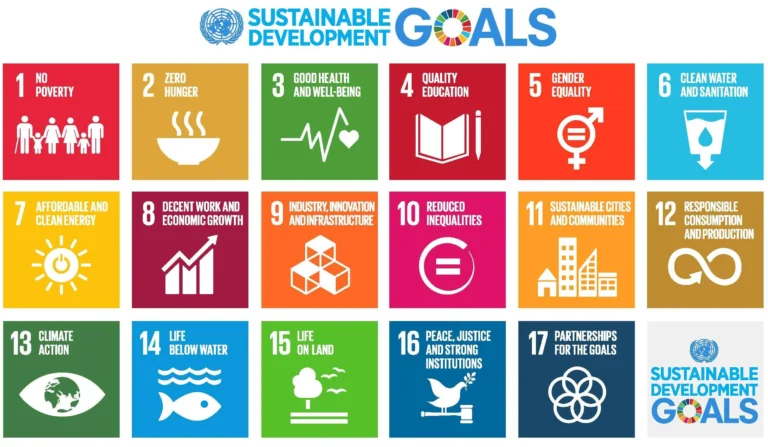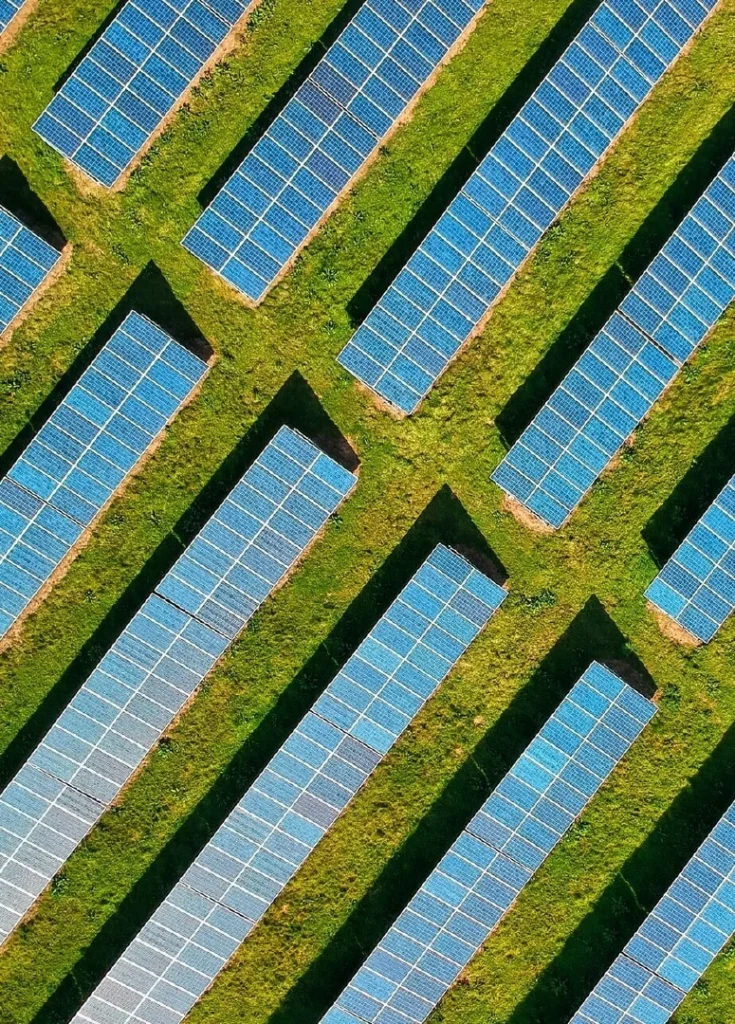Contribute to a sustainable
Energy Future
The inconvenient truth about a low-carbon economy is, that it is mineral intensive. Mining is necessary.
“With the adoption of climate-smart mining, we can make the clean energy transition possible without endangering the climate and the environment. By working together to reduce the carbon and material footprints of minerals, we can support the large-scale deployment of renewable energy and battery storage technologies required to meet ambitious climate targets and achieve a low-carbon future that benefits everyone.”
The World Bank Group Report – Minerals for Climate Action
We have a Proprietary ESG & Impact Assessment integrated into our evaluation process.
Our additional discount rate delivers a more conservative and appropriate valuation.
We support Sustainable Development Goals

In addition to ESG and SDG's, we evaluate project specifics, for example:

Land use
Mining technique, waste dumps, processing facilities, logistics and proclamation

Water use/scarcity
We put water use into perspective. What might work in Canada might not work in arid regions.

Biodiversity
Deforestation, impact on sensitive areas, reclamation plans, type of operation

Geopolitics
Avoiding geopolitical dependencies

Supply chain
Security, resilience and sustainability

Transparency
Cradle to gate, point of sale and to grave
Raw materials for a Green Future
The Energy Mix is changing
While we reinvent the future of energy, we need to rethink the way we produce, store and use energy.
“Our ambition to become the first climate neutral continent is at risk without secure and sustainable access to the necessary raw materials.” (Ursula von der Leyen, President of the European Commission: Critical Raw Materials Act, Sept 2022)
Sustainable resources will inevitably trigger bottlenecks. The supply of these sustainability-related resources will expand due to investment and innovation but in many categories rapid growth in demand will likely outstrip supply, heightening competition and pushing up prices.
In the resources sector the new sustainable business model creates unique investment opportunities for those with the requisite skills and expertise. There are many raw materials in need but the most important are lithium, graphite, nickel, copper and other materials.

Battery Metals and the Circular Economy
Unlike burning fossil fuels, Battery Metals are infinitely recycleable.
A Word on Recycling
The amount of batteries reaching the end of their first life is expected to surge after 2030. There are exciting projects already out there, they will reduce reliance on traditional mining and processing. Investment into recycling technology is required now to get these projects online. Production cost of recovered and recycled Battery Metals most likely will be the lowest cost option in the future. To reach 2050 emission goals, supply demand scenarios of the energy transition show that mining will be required for decades.
